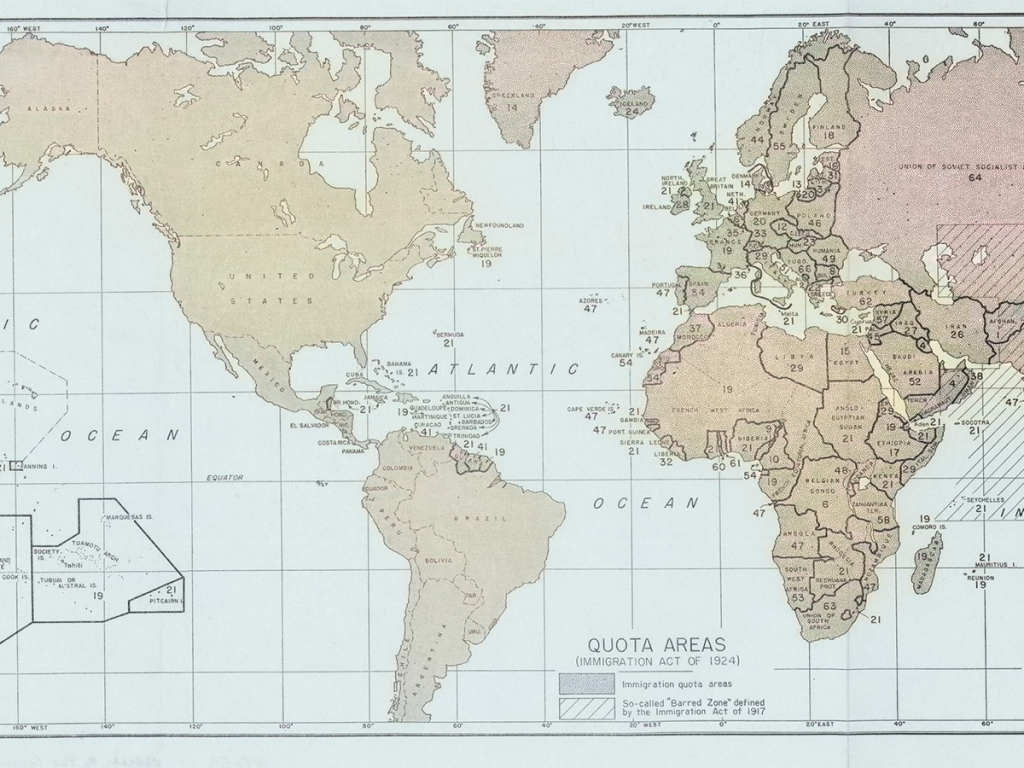Mapping deportations invites you to see the history of U.S. immigration enforcement not as a series of disconnected events, but as a pattern. For more than two centuries, U.S. immigration enforcement has favored Europeans and their descendants while targeting non-white migrants for exclusion, removal, and punishment. Although U.S. immigration law and policy have shifted over time, the nation’s immigration enforcement regime has consistently produced this result.
Explore our timeline and data visualizations to learn more.

Beginning in the 1790s, a wide range of government authorities used immigration control to establish and sustain the United States as a white settler republic.

After the federal government asserted control over the nation’s immigration system in 1875, a network of white nationalists began pushing Congress to exclude, punish, and expel non-white immigrants from the United States. By 1929, they had succeeded.

World War II forced federal authorities to amend the nation’s rules of admissions, but they otherwise consolidated and carried forward the whites-only system.

During the Civil Rights Movement, Congress made the most significant reform to date to the nation’s admission rules, laying the foundation for a historically-unprecedented surge of free and lawful immigration from Asia, Latin America, Africa, and the Caribbean. But the government also expanded the enforcement regime designed to target, punish, and expel non-white immigrants, laying the foundation for their mass detention and removal in the decades to come.

Since the 1990s, the federal government has built the largest immigrant detention and deportation system in the world, conducting more than 7 million deportations in that time—five times more than in the country’s first two hundred years.
Unmasking the History of Racism in U.S. Immigration Enforcement
© 2025 Mapping Deportations. All Rights Reserved.